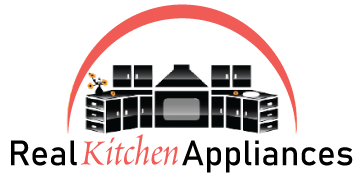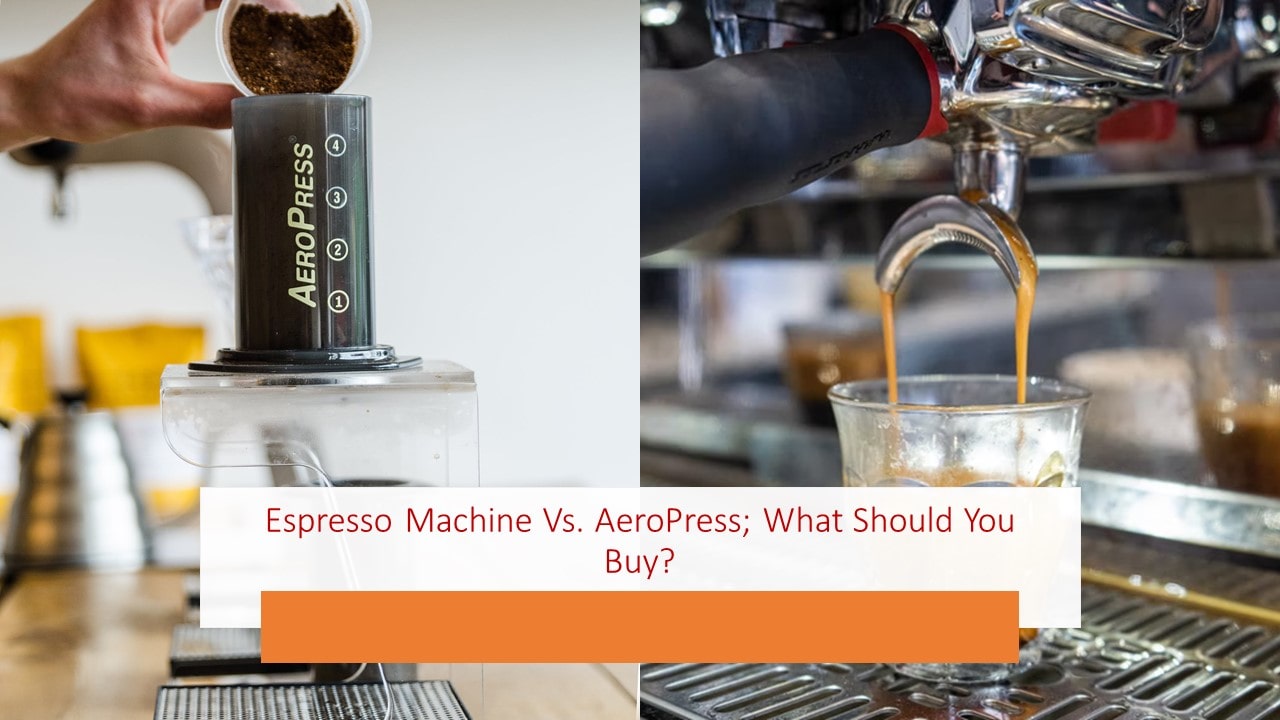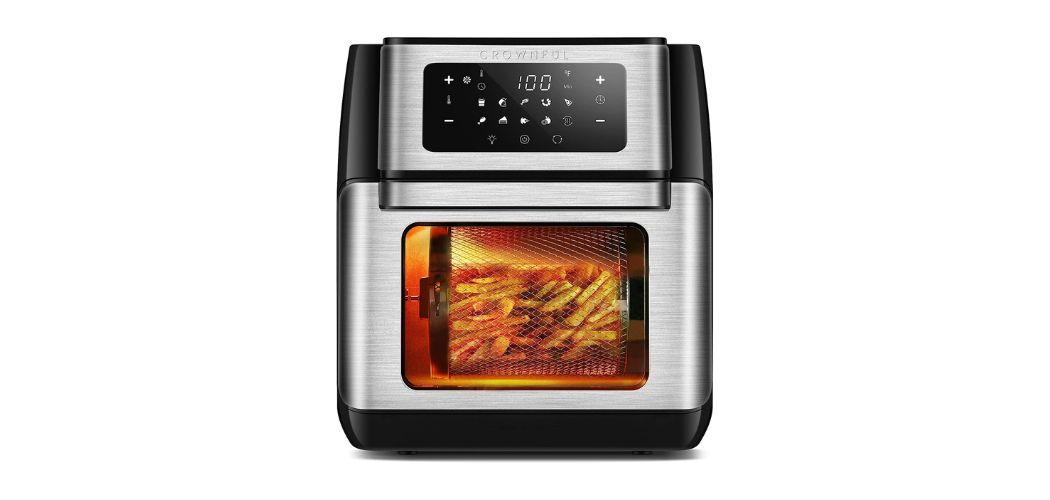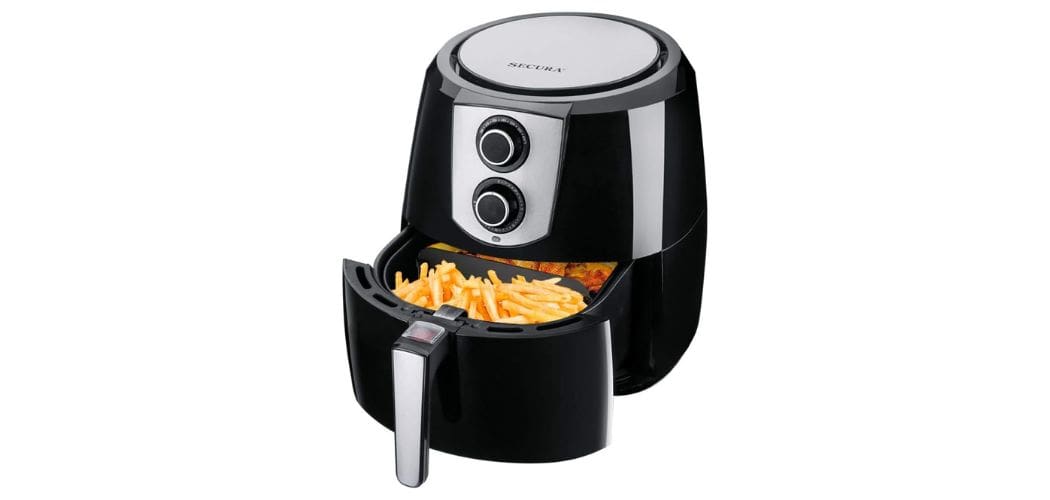For many people, a decent cup of coffee is a crucial part of the day. So having the correct equipment to brew high-quality coffee rather than depending on coffee shops is a plus for enthusiasts like you.
There are several coffee-making gadgets to choose from. Understanding the distinctions between them and deciding which choice is best for you might be daunting at times. The AeroPress and the espresso machine are two coffee makers that can come to your aid.
They’re both capable of making a good cup of coffee, but they work differently and have distinct characteristics. Read on to know all about these two alternatives, which will help you decide which one you should buy for your home.
Table of Contents
What Is An Espresso Machine?
Espresso machines are engineered to create powerful espresso coffee shots. Since you can drink espresso straight, blend it with lukewarm water for an Americano, or use it in unique beverages like cappuccinos and lattes, they’re highly adaptable.
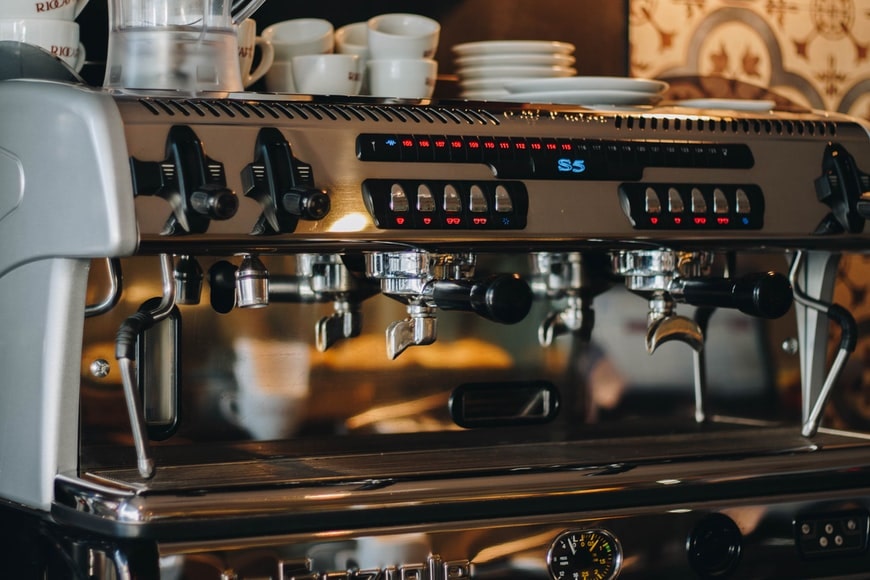
Espresso machines generate intense doses of espresso that are potent and full, with a coating of crema on top, using high pressure.
What Is An AeroPress?
An AeroPress is a big syringe-like device made of bare plastic.
You can insert the filter in the cylinder with finely powdered standard coffee and pour hot water (90 to 94 degrees).
Mix the coffee before placing it into the chamber with a plunger, and then pour the coffee into the mug below.
The AeroPress cannot generate the same pressure level as an espresso machine since it relies on hand pressure. Consequently, the final product is identical to regular coffee but smoother and milder.
The basic AeroPress is significantly cheaper and simpler to wash than an espresso machine since it has a few components that are often made of plastic. It also requires very little upkeep, if any.
A Quick Comparison Table
| Aspect | Espresso machine | AeroPress |
| Pressure | Very high-pressure | Least amount of pressure |
| Crema | More bubbles formed | Very fewer bubbles |
| Extraction | More extraction | Less extraction |
| Cleaning | Hard to clean | Cleans easily |
| Cost | $100 – $2000 | $30 – $50 |
Espresso Machine Vs. AeroPress: What’s The Difference?
Pressure:
In an espresso machine, you can make coffee by pushing near-boiling, pressurised water through a tight ‘shot’ of freshly ground coffee. These machines employ a wide range of pressures; however, the industry norm for most units is nine bars (130 psi).
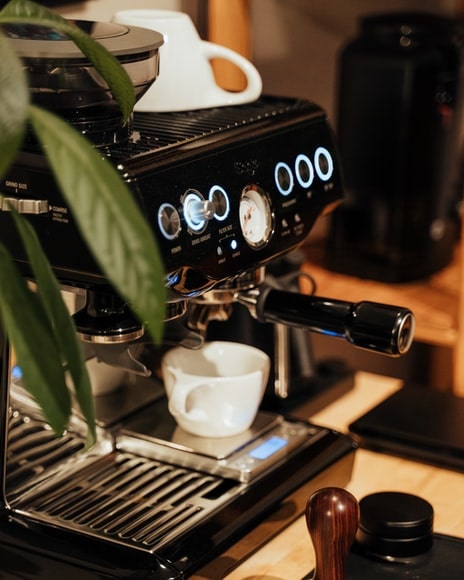
The AeroPress can’t even come close to producing nine bars of compression.
Its filter has a diameter of 2.5 inches and a surface area of 4.9 square inches.
It is pretty simple to get a scale up to 25 pounds if you push down firmly on it, and if you press down, even more, you can get 50 pounds.
If you pound your AeroPress equally hard while preparing coffee, the moderate pressing will be 5.1 psi, and the more vital pressing will be 10.2 psi (50 lbs/4.9 sq in).
The former is.35 bar and the latter is.70 bar since a bar of compression is 14.7 psi.
Crema:
Cream, a floating layer of tiny bubbles that rest gloriously on the surface of the cup, is one of the distinguishing characteristics of espresso.
When you roast the coffee, a vast quantity of carbon dioxide (CO2) builds up within the pores of the ground coffee and gets entrapped.
While grinding the coffee exposes a large portion of the CO2 in the beans, some stay inside the cellular structure. When you mix ground coffee with water in a filter coffee maker (such as an AeroPress), it promptly emits CO2.

The CO2 enables the coffee frame to expand and inflate when you pour water into it. A ‘bloom’ is the term for this phenomenon.
However, since there is nowhere for CO2 to go in an espresso machine, it is driven into the portafilter bin along with everything.
When the dispersed coffee oils are liberated and come into touch with the oxygen in the air, a by-product forms due to the high pressures required to prepare espresso.
This is a feature of espresso preparation that is unique and accounts for around 10% of the total volume.
Crema, the by-product, is the layer of moist foam that floats on espresso coffee and consists of tiny sphere-shaped gas bubbles.
The crema on espresso consists of hundreds of microscopic CO2 gas bubbles floating in the water.
The bubbles cling to the fats and oils in coffee and rise to the top of the cup.
The crema hovers because it is hydrophobic, which means it repels moisture. The cream rises to the top and binds with the oxygen in the air.
Since AeroPress only has a capacity of thirty-five bars, you won’t be able to make crema with it.
The AeroPress creates frothy foam on top of your coffee, but it’s not the same as espresso crema. In reality, it can make a delicious cup of coffee, but it will never be able to compete with an espresso machine.
Extraction:
Another distinguishing aspect of espresso is its extreme concentration. Filter coffee prepared using brewers like AeroPress has a poor concentration of soluble coffee granules. An average cup prepared with it contains almost 98 percent water.
On the other hand, the espresso machine can make a cup of coffee with a staggering 10% soluble coffee solids, which means it’s 90% water.
Even though AeroPress is excellent at producing a condensed brew, it can’t attain a 10% extraction. Only the power of the pressurised water utilized by espresso machines allows for such a high extraction.
Espresso has a lot of dissolved coffee and oils in it, which gives it a lot of body and mouthfeel. Espresso has such a high concentration that a single shot can resist being submerged in 300ml milk; that’s why it’s the coffee of preference for milk-based concoctions.
Cleaning:
The Espresso Machine is more difficult to clean than the AeroPress. You need to clean an espresso machine more thoroughly.
Since the machine is more intricate and prominent than the AeroPress and has more components, adequate cleaning is essential.
It’s also a more robust and heavier machine, making it more challenging to maneuver when cleaning.
Cost:
A decent espresso machine might cost anywhere between $100 and $2,000, whereas Aeropress comes around $30 – $100. If you’re an espresso fan and want the best-tasting espresso, expect to spend much more than the standard $100 range.
FAQs
Is The AeroPress Suitable For Espresso?
For espresso, an AeroPress is an ideal buy. With it, you can brew a good cup of espresso. The AeroPress will give your coffee more body, but it will be somewhat thicker.
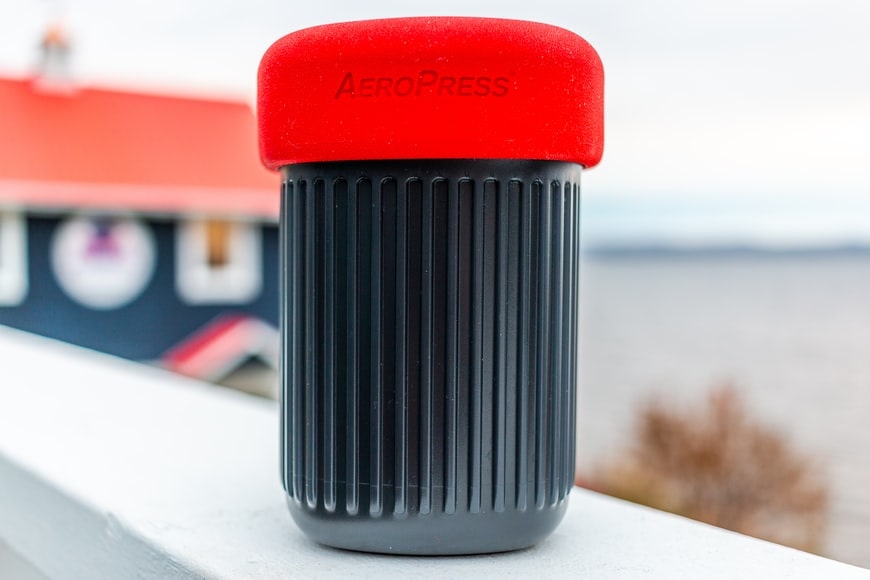
Is AeroPress The Best Coffee Maker?
The AeroPress can’t brew the greatest cup of coffee. The AeroPress is primarily a tool for preparing a good cup of coffee without being too harsh.
In contrast, an espresso machine is a way to go if you want the best-tasting espresso.
Is 5 Bar Of Pressure Sufficient For Espresso?
For an espresso machine, 5 bars is insufficient. If you want the most excellent results, you should go to at least 9 bars.
Final Verdict
Espresso appliances and AeroPresses are, in the end, two distinct appliances. Espresso machines prepare espresso shots and foamed milk, but AeroPress is a small and compact appliance that produces great cups of coffee with a smoother taste than ordinary filter coffee.
If you want to prepare espresso, an espresso machine is unquestionably the best option. An AeroPress is excellent for individuals who like filtered coffee or want a quick and easy preparation method.
